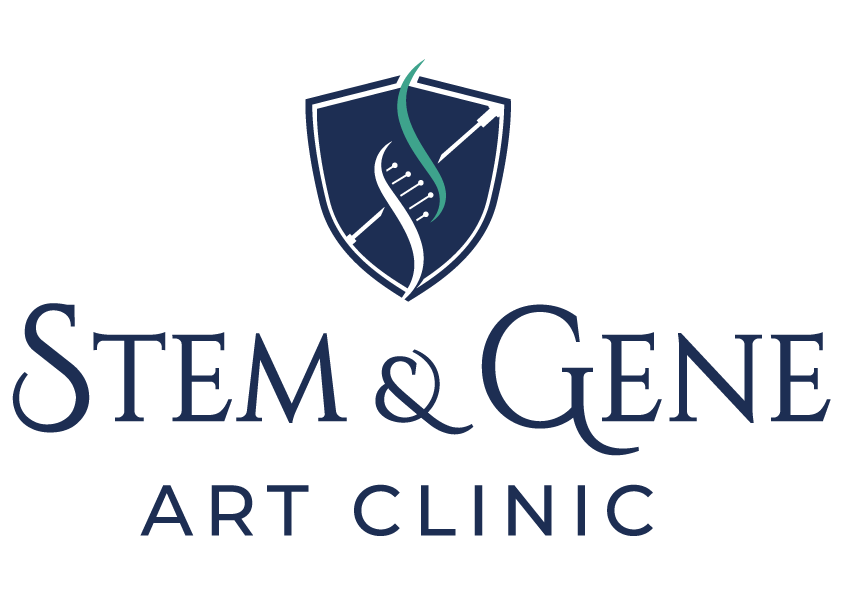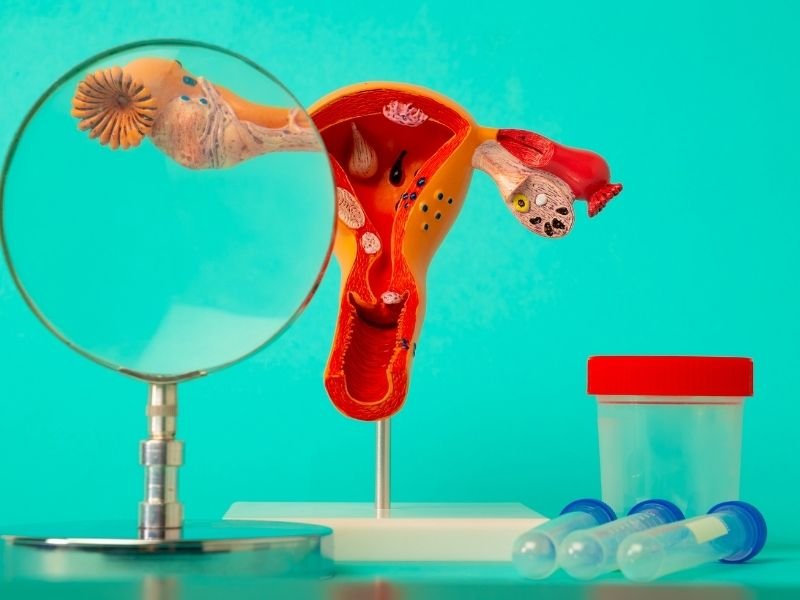Ovarian reserve refers to the number and quality of a woman’s remaining eggs, which plays a crucial role in her fertility potential. As women age, their ovarian reserve naturally declines, making it an essential factor to consider, especially for those planning to conceive later in life. Understanding ovarian reserve is vital for assessing fertility health and planning for the future. Through tests such as AMH (Anti-Müllerian Hormone) levels and antral follicle counts, women can gain insights into their reproductive timeline, enabling informed decisions regarding family planning, fertility treatments, or egg preservation options.
Understanding Ovarian Reserve: What It Means for Fertility
Ovarian reserve refers to the quantity and quality of eggs that a woman has in her ovaries at any given time. It’s a key indicator of fertility potential, as it reflects how many viable eggs remain to be fertilized. As a woman ages, her ovarian reserve gradually diminishes, leading to reduced fertility and, eventually, menopause. While the number of eggs is important, the quality of those eggs also plays a critical role in conception. Women with a lower ovarian reserve may find it harder to conceive naturally, but fertility treatments such as IVF can offer alternative pathways to pregnancy.
Factors That Affect Ovarian Reserve in Women
Several factors can influence a woman’s ovarian reserve, impacting her fertility potential. Age is the most significant factor, as the number and quality of eggs naturally decline over time. Genetic factors also play a role, with some women experiencing diminished ovarian reserve earlier due to hereditary conditions. Lifestyle choices, such as smoking, excessive alcohol consumption, and poor nutrition, can accelerate the decline of ovarian reserve. Medical conditions like endometriosis, ovarian surgery, or cancer treatments (such as chemotherapy and radiation) can further reduce egg count. Hormonal imbalances and autoimmune disorders may also affect a woman’s ovarian reserve, making it essential to monitor fertility health proactively.
How to Assess Ovarian Reserve: Tests and Procedures
Assessing ovarian reserve is a key step in evaluating a woman’s fertility potential. The most common tests include the Anti-Müllerian Hormone (AMH) test, which measures hormone levels that correlate with the number of remaining eggs. Another important assessment is the Antral Follicle Count (AFC), conducted through a transvaginal ultrasound to count the number of small follicles in the ovaries. Additionally, blood tests like FSH (Follicle Stimulating Hormone) and Estradiol levels taken on the third day of the menstrual cycle can offer insight into ovarian function. These tests help fertility specialists create personalized treatment plans and provide clarity on a woman’s reproductive timeline.
The Role of Ovarian Reserve in Family Planning and Fertility Treatments
Ovarian reserve plays a crucial role in both family planning and fertility treatments, including IVF with donor eggs, as it directly affects a woman’s ability to conceive. Women with a healthy ovarian reserve have more flexibility in timing their pregnancies, while those with diminished reserves may need to consider earlier family planning. In fertility treatments, ovarian reserve guides the approach to treatments such as in vitro fertilization (IVF) or egg freezing. For women with low ovarian reserve, fertility specialists may recommend more aggressive treatment options or explore the possibility of using donor eggs in IVF. Understanding ovarian reserve empowers women to make informed decisions about their reproductive futures and seek appropriate fertility support when needed.


